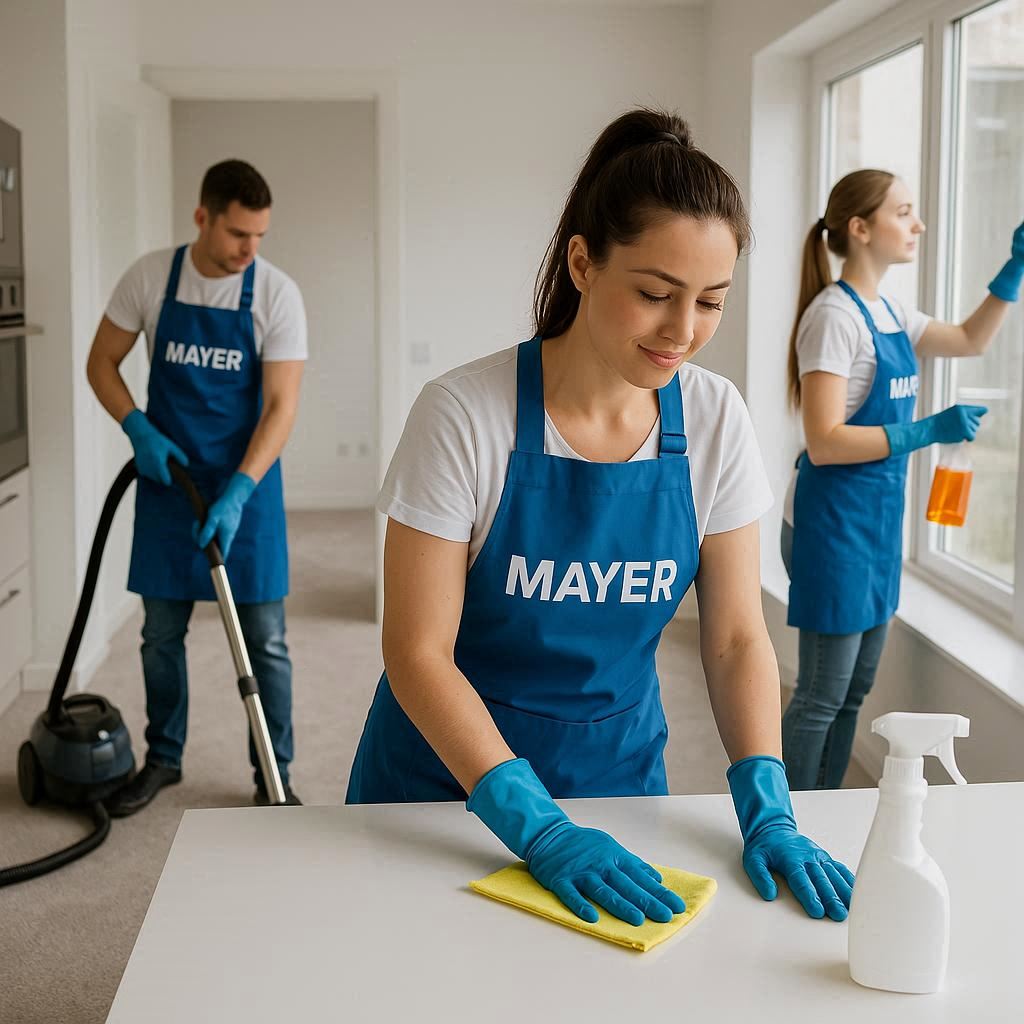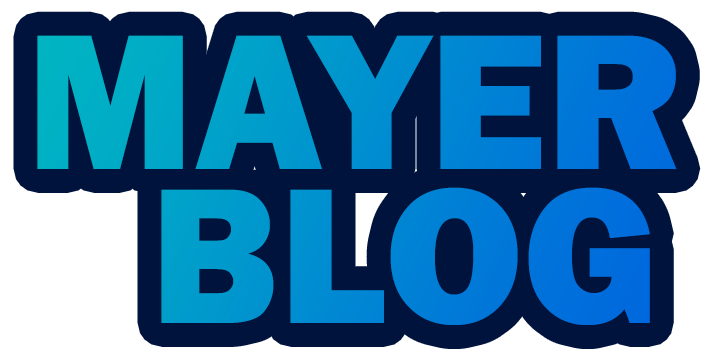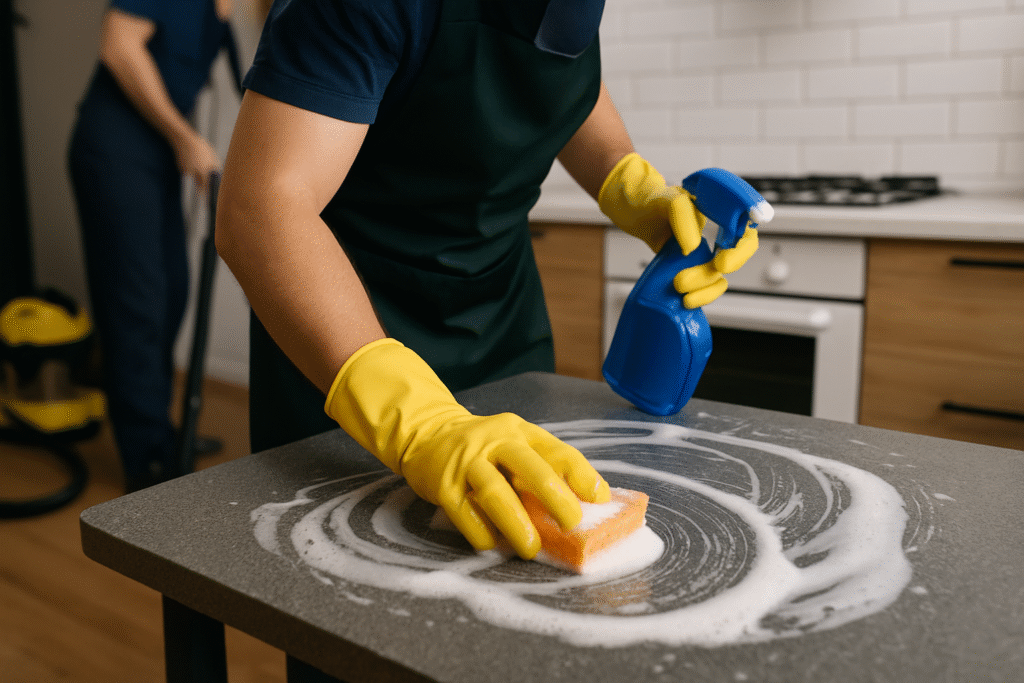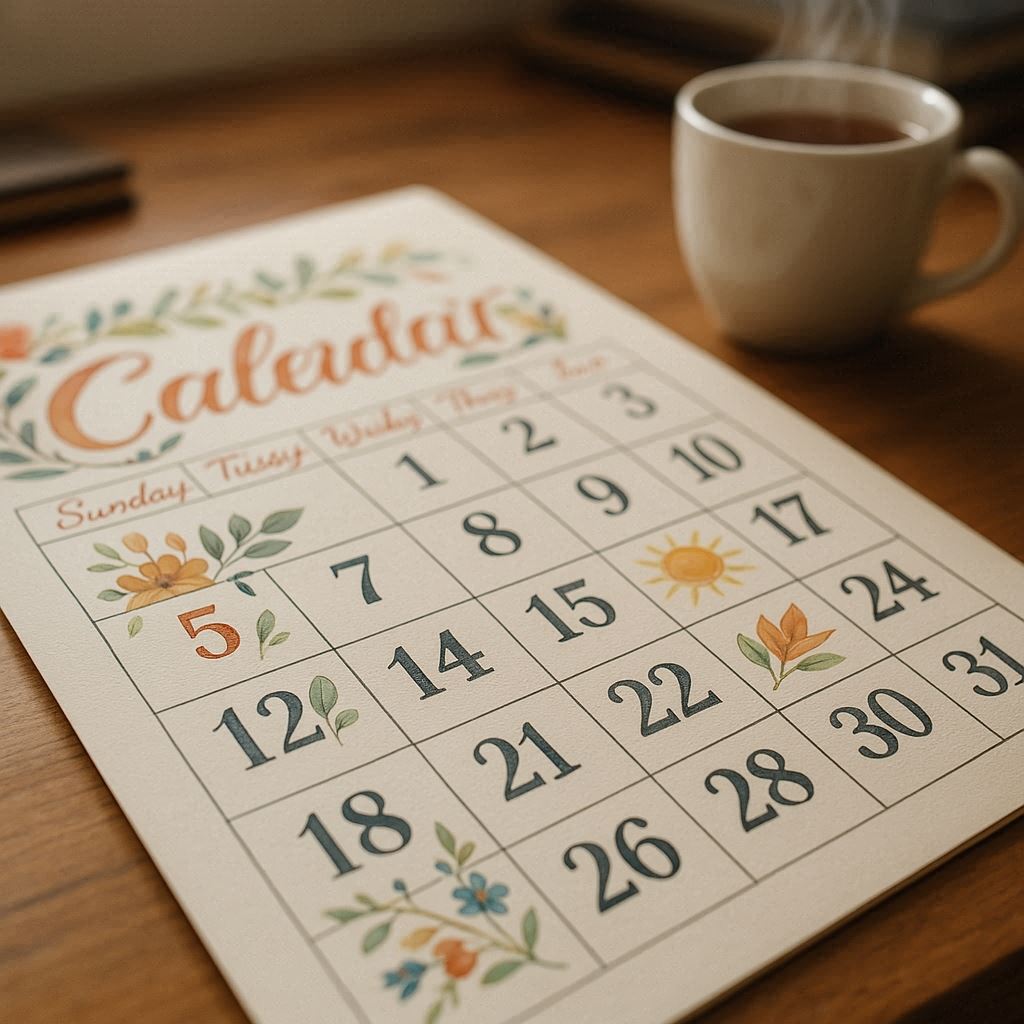Understanding the difference between fair wear and tear and what should be cleaned during an end of tenancy clean is vital for tenants looking to get their full deposit back. Landlords expect the property to be returned in good condition, but they also recognise that normal usage causes some deterioration.

What Is Fair Wear and Tear?
Fair wear and tear refers to the natural and expected decline in a property’s condition over time due to everyday use. Examples include:
- Minor scuff marks on walls
- Slight fading of paint or carpet colours
- Small scratches on flooring
- Worn patches on carpets due to foot traffic
These issues are not caused by neglect or damage and usually don’t require extensive cleaning or repairs.
What Should Be Cleaned During the End of Tenancy Clean?
An end of tenancy clean covers dirt, grime, and stains that have accumulated during your tenancy. Tenants are expected to ensure:
- Carpets and floors are professionally cleaned to remove stains and dirt
- Kitchens and bathrooms are thoroughly cleaned, including ovens, sinks, and tiles
- Windows, skirting boards, and fixtures are wiped down and free from dust
- Any visible marks or spills on walls and surfaces are addressed
Cleaning tasks go beyond fair wear and tear, preparing the property to a presentable, move-in ready condition for the next tenant.
Why Professional Cleaning Matters
Hiring a trusted company like Mayer Cleaning guarantees that your end of tenancy cleaning in Guildford meets landlord standards and landlord or letting agent expectations.
For more information about our services and tips for tenants, visit Mayer Cleaning.




